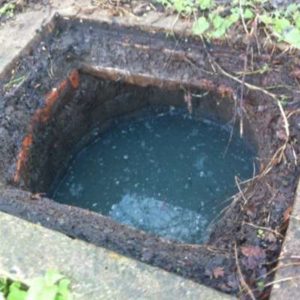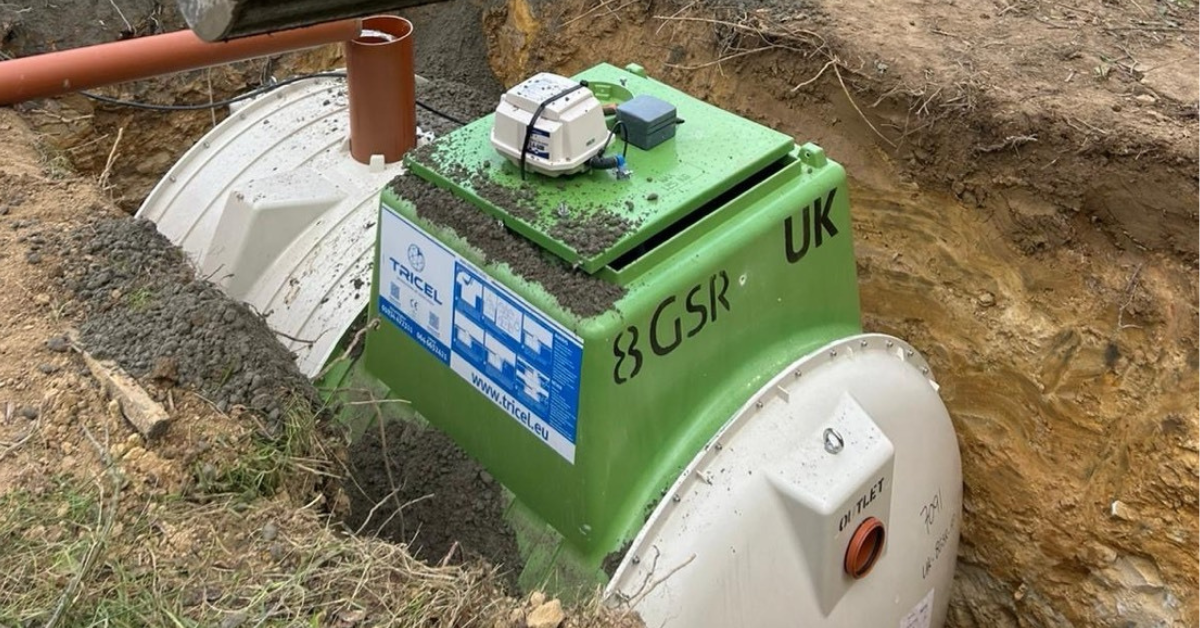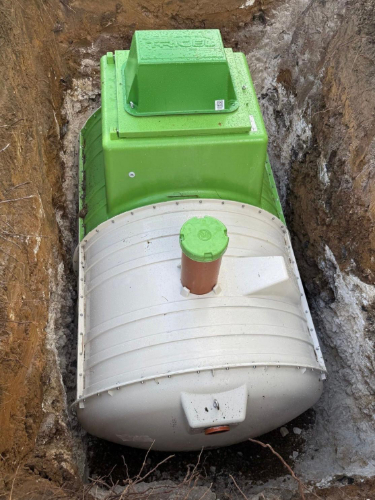
Today, many UK households use septic tanks or sewage treatment plants for managing wastewater.
However, cesspits can still be installed in the UK as a last resort when the ground conditions are unsuitable for effluent dispersion, such as areas near drinking water sources. In these situations, untreated raw sewage may risk being discharged directly into surface waters, potentially polluting the surrounding environment.
How does a cesspit work?
A cesspit tank is a sealed, waterproof tank buried underground. It merely collects sewage without treating it in any way.
Cesspits feature a single utility access cover, used by waste collection companies. They are typically constructed from either fiberglass or brick. The only pipe present is an exhaust vent, which allows gases to escape as they accumulate, given that there are no other openings.
Regular emptying is necessary, and a larger tank volume is required compared to a septic tank or sewage treatment plant.
One advantage of a cesspit is that it doesn’t require an outlet, eliminating the need for a drainage field or concerns about wastewater disposal. Instead, all contents must be removed by suction.
However, there are several drawbacks to this system:
- Cesspits do not perform any sewage treatment; you are essentially emptying untreated sewage.
- Due to the need for frequent emptying, maintenance costs can be quite high. In comparison, a septic tank or sewage treatment plant in the UK only requires emptying once a year.
- Cesspits require large tanks to accommodate the substantial volume of wastewater.
Nonetheless, cesspits might be the preferred choice in specific and rare circumstances, such as:
- A village hall with infrequent usage
- A shepherd’s hut with no viable discharge option
- A holiday home that is very rarely occupied
How much does a cesspit cost?
You are required to keep your cesspit in good condition: you have to empty it, clean it and fix any leaks.
Nonetheless, with a cesspit, you are not obliged to pay waste disposal bills to the local water authority.
How to maintain a cesspit?
Cesspits require regular and frequent emptying by a licensed waste disposal company using vacuum tankers. Many companies offer this service by strictly following the current standards and regulations.
Depending on the size of the tank, the property and the number of occupants, the cesspit can fill up quickly and require regular emptying: either monthly, quarterly or annually.
As previously stated, many companies in the UK can regularly empty your septic tank or cesspit at a competitive price, thus reducing the risk of blocked drains or overflow. These teams of experts are fully equipped to empty septic units of any size, increasing the functionality of the pits and avoiding potential failure.
How to repair a cesspit?
As sewage is untreated inside the cesspit, any leak has to be sealed as soon as possible to avoid contamination. That is why you need to check the levels of your fluids regularly. If you notice a fluid drop, then your tank has a breach.
Once you have spotted a leak, your cesspit would require draining, cleaning and resealing.
If constructed from brick, your cesspit might require rendering, seal it with a waterproof paint or line it again with Glass Reinforced Plastic (GRP). Otherwise if manufactured from GRP, the tank may only require a patch. If it has broken down, you may consider upgrading your unit and replacing it with a septic tank or packaged treatment plant.
If you have any questions about our sewage systems, you can email us or even drop us a message via our contact form. We will be more than happy to help you with your request!
Cesspool replacement in Kent (Case study)
Case study about a project involving three residential properties.
During the construction phase, the developers opted for a cesspool installation to adhere to regulatory requirements. However, the new homeowner was not initially informed about the frequent costs associated with emptying the cesspool.
Consequently, they made the decision to transition to sewage treatment plants as an upgrade.
Articles you may find interesting
- Case Study
- Septic Tanks
- Wastewater Treatment
Tricel product range

Tricel Novo Sewage Treatment Plant
Durable & long lasting SMC tank, shallow dig tank, easy installation (Plug and Play), long life components.
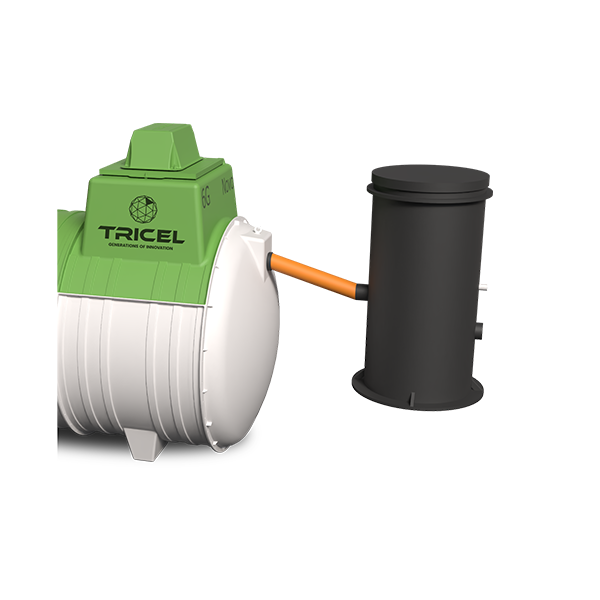
Tricel Phosphorus Removal
Tricel PhosClear is a ready-to-install system that reduces Phosphorus wastewater without using chemicals.
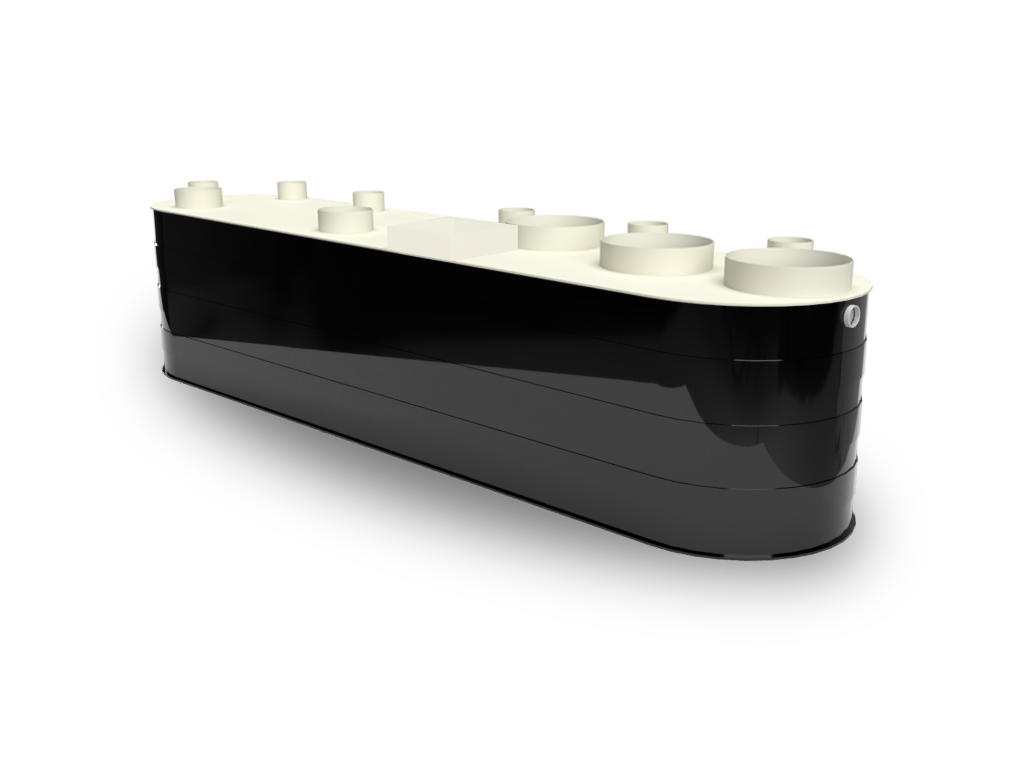
Tricel Maxus Sewage Treatment Plant
Commercial plant. Submerged Aerated Filter (SAF) technology. Ideal for every project over 50 Population Equivalent.
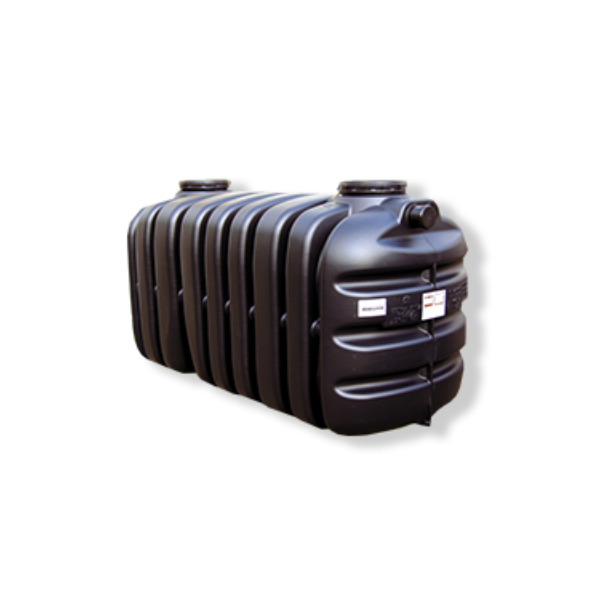
Tricel Vento
Septic Tank
Shallow dig tank, strong & robust underground tank, no electrical or moving parts.
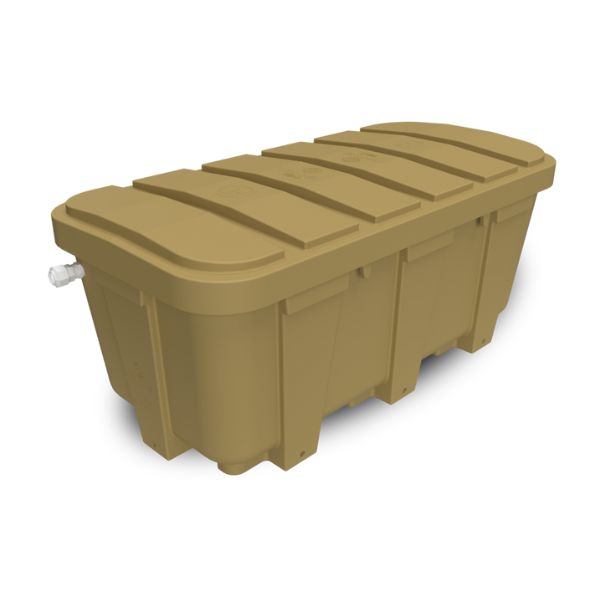
Tricel Tero Tertiary System
Next Generation tertiary wastewater treatment unit with proven E.Coli treatment capabilities.
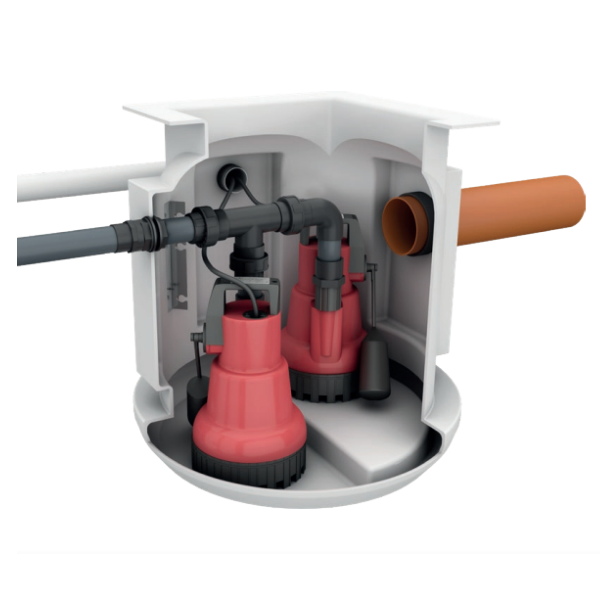
Tricel Pumping
Stations
Pump fluids from one place to another where gravity drainage cannot be used, easy and trouble-free installation.
Get in touch
